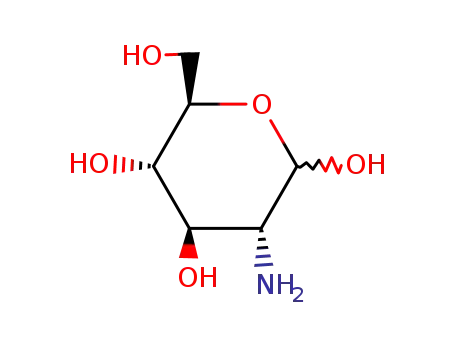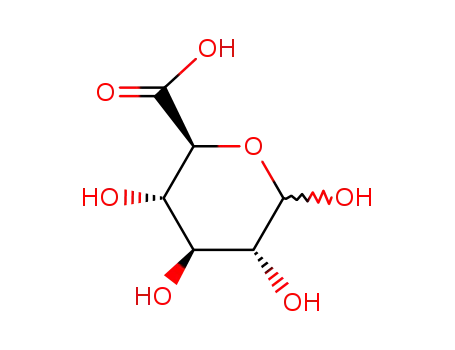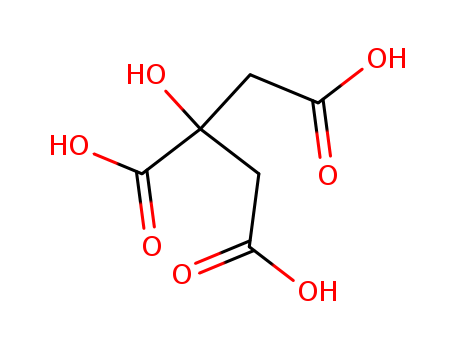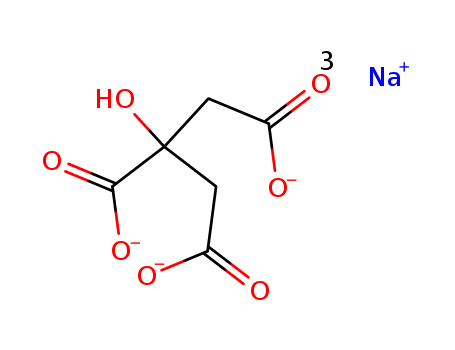Offer Buy High Grade Hyaluronic acid 9004-61-9 Fast Shipping
- Molecular Formula:(C14H21NO11)n
- Molecular Weight:403.31
- Appearance/Colour:White powder
- Vapor Pressure:0mmHg at 25°C
- Refractive Index:1.666
- Boiling Point:1274.4oC at 760 mmHg
- Flash Point:724.5oC
- PSA:399.71000
- Density:1.78 g/cm3
- LogP:-8.49480
Hyaluronic acid(Cas 9004-61-9) Usage
|
Forms and nomenclature
|
dietary supplements; face creams; serums; eye drops; injections |
|
Hyaluronic Acid
|
Hyaluronic acid is a completely transparent, non-adhesive, water-soluble and grease-free acid mucopolysaccharide. Its molecular weight is between a few hundred thousand to millions, and it makes up the dermis layer of the skin. Its unique molecular structure and physicochemical properties has many important physiological functions inside the body, such as lubricating joints, adjusting vascular permeability, adjusting proteins, diffusing and transporting water electrolytes, and promoting wound healing. Hyaluronic acid has a unique water retention effect and has the best known natural moisturizing properties, making it the ideal natural moisturizer.
Hyaluronic acid is an essential drug in ophthalmic “sticky surgeries”. It is used in cataract surgery, in which its sodium salt remains in the anterior chamber to maintain depth in the anterior chamber and ensure a clear surgical view. It reduces the occurences of postoperative inflammation and complications, thus improving the vision-correcting effects of the surgery. It is also used in complicated retinol detachment surgery. Hyaluronic acid has a low molecular weight and is considered the ideal natural moisturizing agent, so it is used as an additive in high-end makeup and as a moisturizer in creams, gels, lotions, masks, and serums.
It is also used medically as a moisturizer to improve moisture retention and lubrication, and it also expands capillaries and improves skin health. For example, hyaluronic acid with a low molecular weight can be used as a lubricant in surgeries (such as knee surgery), while those with high molecular weight can be used as surgical lubricant and as a substitute for vitreous in ophthalmic surgery. |
|
Benefits
|
Hyaluronic acid’s main functions include:
Has excellent affinity to water and can regroup water within tissue for better retention and lubrication.
Folds to form a three-dimensional network and produces physiological effects, including producing fluid resistance, maintaining water balance and bodily stability, influencing macromolecule solubility, structure, chemical balance and system osmotic pressure, preventing the spread of pathogens, and promote the condensation of collagen fiber secretory substances.
Forms polymers with inseparable proteins to maintain tissue shape and size and to ensure reversible tissue compression resistance.
Affects macrophages, adherent cells, lymph cells, and natural killer cells.
Serves as an important part of interstitial fluid and is mainly metabolized in the liver. Liver fiber activity increases HA synthesis; combined with reduced function during cirrhosis, blood HA levels may increase abnormally. |
|
Side effects
|
Studies show that hyaluronic acid with lower molecular weights penetrates deeper into the skin, which can cause inflammation. |
|
Uses
|
Hyaluronic acid is a naturally derived, non - immunogenic, non - adhesive glycosaminoglycan that plays a prominent role in various wound - healing processes, as it as it is naturally angiogenic when degraded to small fragments. Hyaluronic acid promotes early inflammation which is critical for initiating wound healing, but then moderates later stages of the process, allowing matrix stabilization and reduction of long term inflammation. Hyaluronic acid is a main source for pharmaceutical, medical and cosmetic application. |
|
Definition
|
hyaluronic acid: A glycosaminoglycan(mucopolysaccharide) that ispart of the matrix of connective tissue.Hyaluronic acid binds cells togetherand helps to lubricate joints.It may play a role in the migration ofcells at wounds; this activity ceaseswhen hyaluronidase breaks downhyaluronic acid. |
|
Brand name
|
Equron [Veterinary] (Fort
Dodge Animal Health); Legend (Bayer Animal Health);
Synacid [Veterinary] (Schering-Plough Animal Health). |
|
Veterinary Drugs and Treatments
|
Hyaluronic acid is a natural complex sugar of the glycosaminoglycan
family and is a long-chain polymer containing repeating disaccharide
units of Na-glucuronate-N-acetylglucosamine. Hyaluronic
acid is indicated for use as a surgical aid in cataract extraction
(intra-and extracapsular), IOL implantation, corneal transplant,
glaucoma filtration and retinal attachment surgery. In surgical
procedures in the anterior segment of the eye, instillation of hyaluronic
acid serves to maintain a deep anterior chamber within
corneal endothelium and other surrounding tissues. Furthermore,
its viscoelasticity helps to push back the vitreous face and prevent
formation of a postoperative flat chamber. In posterior segment
surgery hyaluronic acid serves as a surgical aid to gently separate,
maneuver and hold tissues. Hyaluronic acid creates a clear field of
vision thereby facilitating intra- and post-operative inspection of
the retina and photocoagulation. |
InChI:InChI=1/C28H44N2O23/c1-5(33)29-9-18(11(35)7(3-31)47-25(9)46)49-28-17(41)15(39)20(22(53-28)24(44)45)51-26-10(30-6(2)34)19(12(36)8(4-32)48-26)50-27-16(40)13(37)14(38)21(52-27)23(42)43/h7-22,25-28,31-32,35-41,46H,3-4H2,1-2H3,(H,29,33)(H,30,34)(H,42,43)(H,44,45)/t7-,8-,9-,10-,11-,12-,13+,14?,15-,16-,17-,18-,19?,20+,21+,22?,25?,26+,27+,28-/m1/s1
9004-61-9 Relevant articles
Peroxynitrite (ONOO-) generation from the HA-TPP@NORM nanoparticles based on synergistic interactions between nitric oxide and photodynamic therapies for elevating anticancer efficiency
Jiang, Dawei,Yue, Tao,Wang, Guichen,Wang, Chaochao,Cao, Hongliang,Gao, Yun,Chen, Chao
, p. 162 - 170 (2019/12/26)
Due to biological safety and negligible ...
COMPOSITION COMPRISING HYALURONIC ACID AND/OR ITS SALTS FOR TREATMENT OF ATOPIC DERMATITIS
-
Page/Page column 8; 10, (2008/12/06)
Provided is a composition for prevention...
Method for producing alkyl-esterified glycosaminoglycan
-
Page/Page column 5, (2008/06/13)
A method for producing an alkyl-esterifi...
PHARMACEUTICAL FORMULATIONS
-
Page/Page column 17, (2010/02/15)
The present invention relates to salts o...
9004-61-9 Process route
-
-
2-methyl-[1,2-di-deoxy-3-O-(sodium β-D-glucopyranosyluronate)-α-D-glucopyrano]-[2,1,d]-2-oxazoline
-
hyaluronic acid
-
9004-61-9
hyaluronic acid
Conditions
| Conditions |
Yield |
|
With
Carbonate buffer; ovine testicular hyaluronidase;
In
water-d2;
at 30 ℃;
for 36h;
pH=7.1;
|
52%
|
-
hyaluronic acid, sodium salt
-
hyaluronic acid, sodium salt
-
hyaluronic acid
-
9004-61-9
hyaluronic acid
Conditions
| Conditions |
Yield |
|
With
Amberlyte IR 120, H(+)-form resin;
In
water;
|
|
9004-61-9 Upstream products
-
9067-32-7
sodium hyaluronate
9004-61-9 Downstream products
-
9067-32-7
sodium hyaluronate
-
90-76-6
2-deoxy-2-amino glucose
-
6556-12-3
D-glucuronic acid

![2-methyl-[1,2-di-deoxy-3-O-(sodium β-D-glucopyranosyluronate)-α-D-glucopyrano]-[2,1,d]-2-oxazoline](/upload/2023/8/6105e8a9-e7a7-4619-9899-5795933d0845.png)











